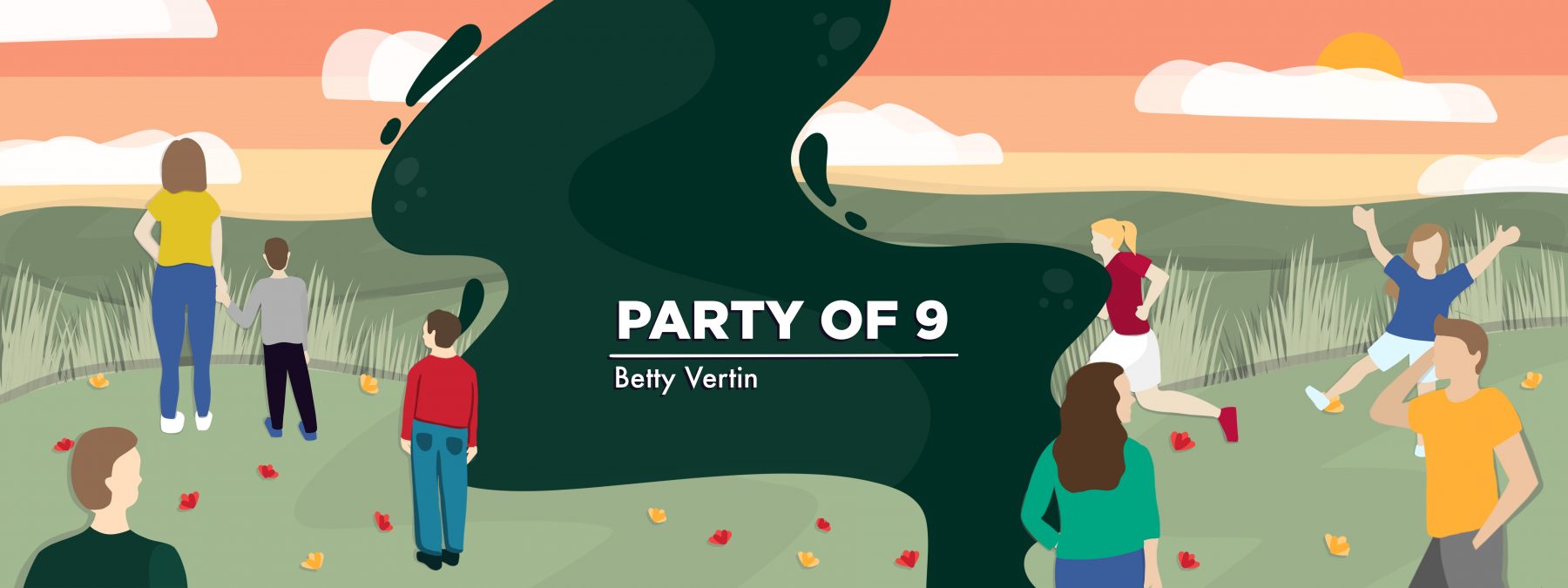The timing, choices, and challenges of managing clinical trials
Sometimes there's a fine line between fighting for your life and living it

Note: This column describes the author’s sons’ experiences with a trial dose of Translarna (ataluren) in the U.S. Not everyone will have the same response to treatment. Consult your doctor before starting or stopping a therapy.
I’m a mother to three sons with Duchenne muscular dystrophy (DMD): Max, 18, Rowen, 14, and Charlie, 12. One of our challenges is navigating clinical trials.
When my sons were diagnosed with DMD in 2010, I wanted them to take part in these studies. I was willing to do things that no one had done to change the outcome of my sons’ condition.
We first participated in a DMD study in which the boys had a yearly MRI to help researchers learn more about the disease’s natural progression. During that experience, I learned about a Translarna (ataluren) trial.
Max was enrolled first, and eventually, a sibling access program allowed Rowen and Charlie to participate. We stayed in that trial for 10 years. It almost seemed too easy.
Now, however, I’m unsure, experiencing guilt, and second-guessing everything.
I discussed changing trials in a past column, when we decided to go off Translarna after we discovered that Sarepta Therapeutics was planning to enroll older and nonambulatory boys in its gene therapy trial, ENVISION. It required a six-month washout period of Translarna. We knew it was a risk because the gene therapy study could be fully enrolled before our washout period ended, but the idea of it slowing or stopping disease progression for years was worth it to us.
But that trial was no longer enrolling when we finished our washout period. I felt gutted. I’ve seen disease progression in all three of my boys since they’ve been off Translarna. The older two seem to have weaker upper bodies, and Charlie, the youngest, isn’t walking as much. Perhaps this progression would’ve happened even with Translarna, but I’ll never know, and a piece of my heart can’t let go of the idea that it’s my fault for taking the gamble.
I cried hard and angry tears when I realized my sons wouldn’t have access to the gene therapy trial. I felt I’d made the wrong decision. But I’ve learned there’s no going back, especially in the clinical trial world. I’ve also learned to get back up and try again.
New hope, new challenges
That’s where my family is today. There’s a Phase 3 trial, HOPE-3, with criteria the boys meet. It’s shown promising results for a cell therapy, CAP-1002, in earlier phases, and the boys are scheduled to screen for it next week. It’s all happened quickly.
In fact, it’s almost moving too fast. My husband, Jason, is traveling for work the three days we’re supposed to be screening in Denver, so I’d have to take our 22-month-old for the five-hour drive and three days of appointments. Atop that stress, we also need to find someone to stay home with our 9-year-old with a week’s notice, and that’s a challenge, too. We prefer to have either Jason or I travel with the boys while the other kids are with the remaining parent.
Additionally, Max would miss his senior year vocal Christmas concert, and if they pass the screening, Max and Rowen would miss finals week. Sacrifice is part of life with clinical trials, but there’s a fine line between fighting for your life and living it. It’s essential to do what you love and what’s important to you.
Does waiting a month make a difference? Yes, we know that everything can change in one day. Both of my older sons, after falling and breaking their legs, went from walking one day to nonambulatory the next. On the other hand, their disease could also progress slowly.
These big-time questions enter everyday conversation when living with a rare disease. It’s all a challenge.
We have a conference call to discuss the screening schedule and see if there’s any wiggle room on the dates; however, we know how difficult it is to line up the necessary appointments in the various departments for all three boys.
We’re ready to do whatever is necessary, but we hope it works to move the screenings a week or two.
Clinical trials take time to navigate. I forgot that, but it took me only a short time to remember. In the end, however, I’m thankful we have options; parents a generation ago did not.
Note: Muscular Dystrophy News Today is strictly a news and information website about the disease. It does not provide medical advice, diagnosis, or treatment. This content is not intended to be a substitute for professional medical advice, diagnosis, or treatment. Always seek the advice of your physician or another qualified health provider with any questions you may have regarding a medical condition. Never disregard professional medical advice or delay in seeking it because of something you have read on this website. The opinions expressed in this column are not those of Muscular Dystrophy News or its parent company, Bionews, and are intended to spark discussion about issues pertaining to muscular dystrophy.








Leave a comment
Fill in the required fields to post. Your email address will not be published.